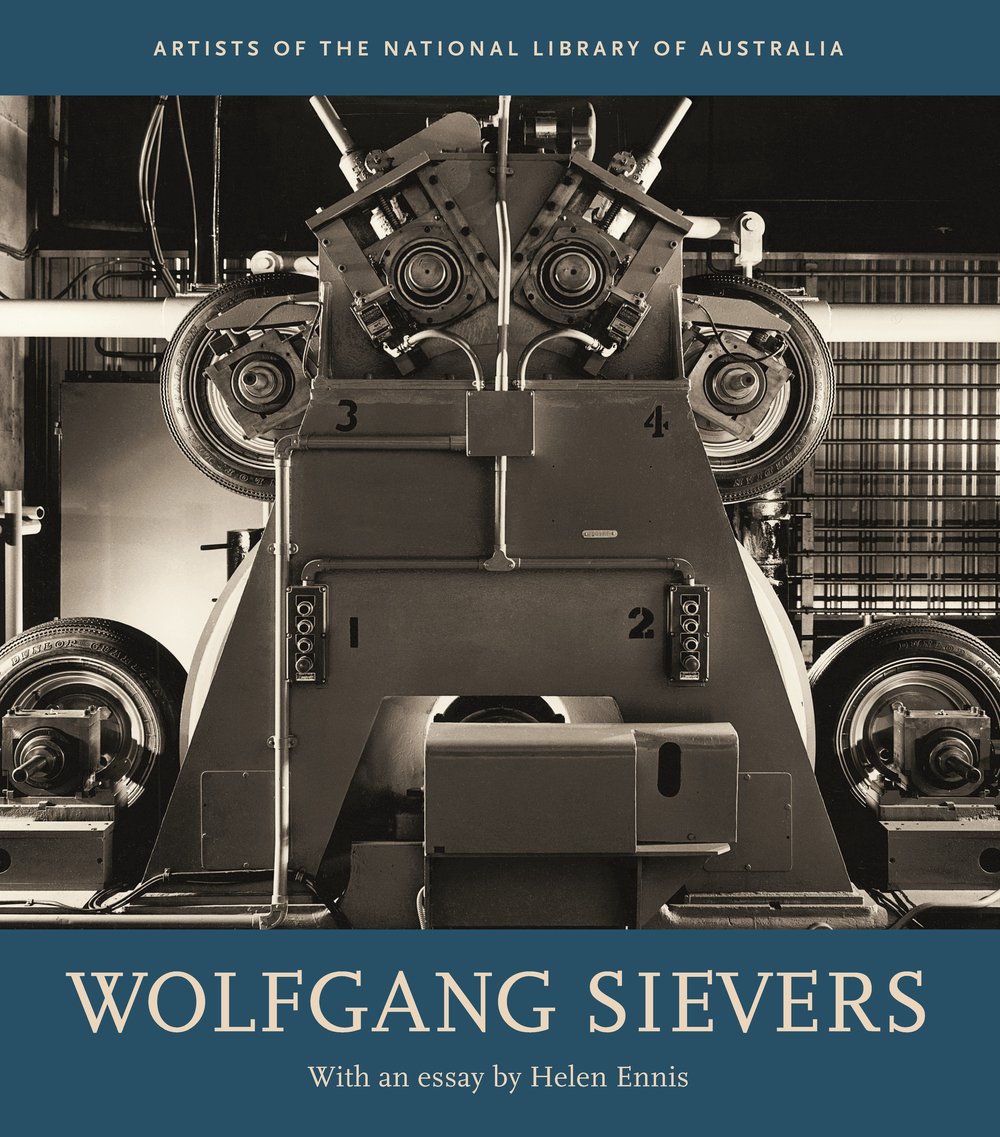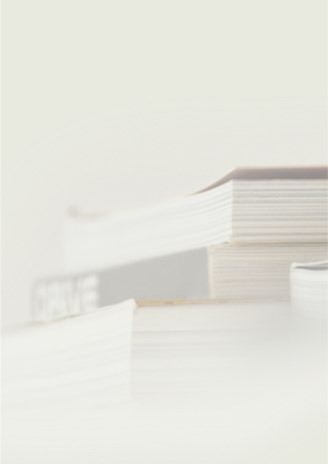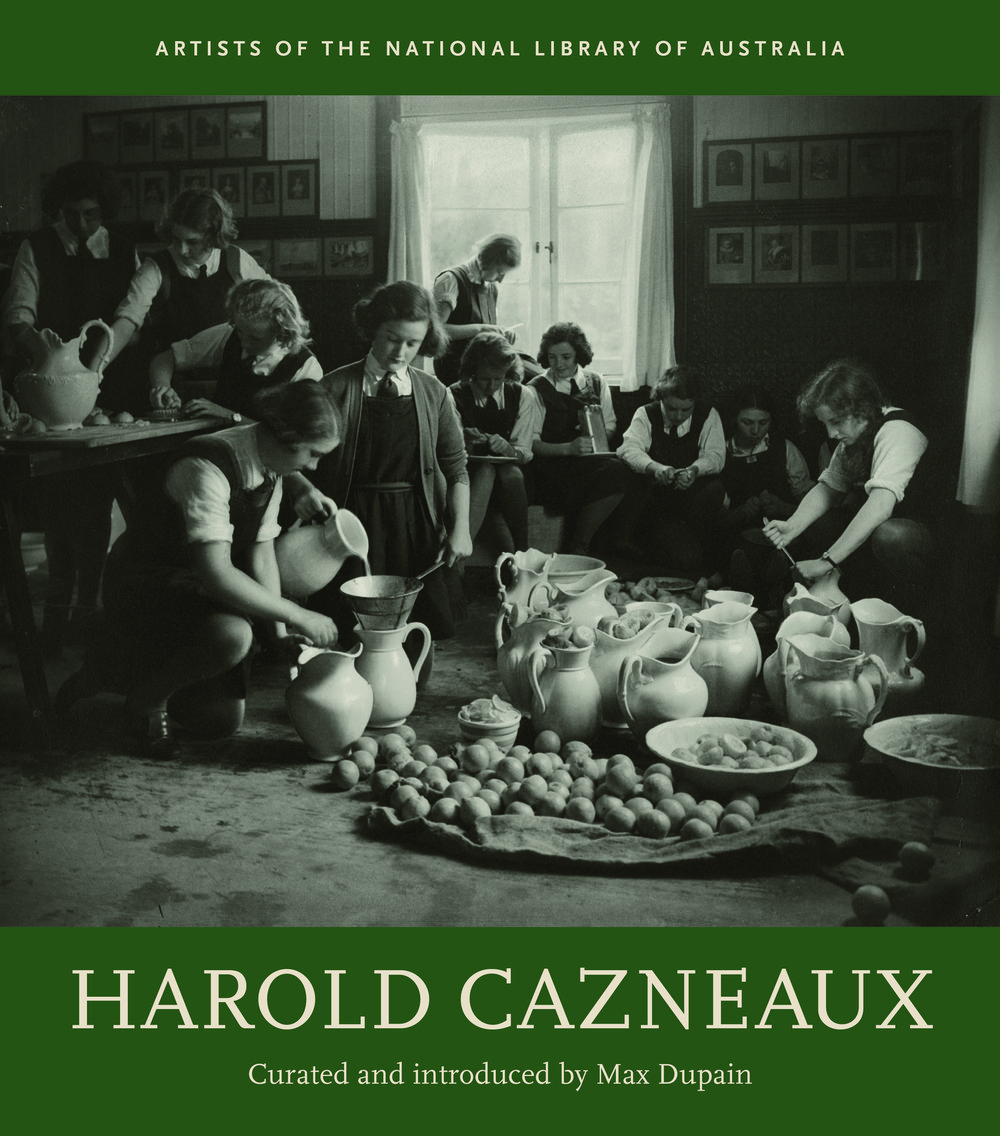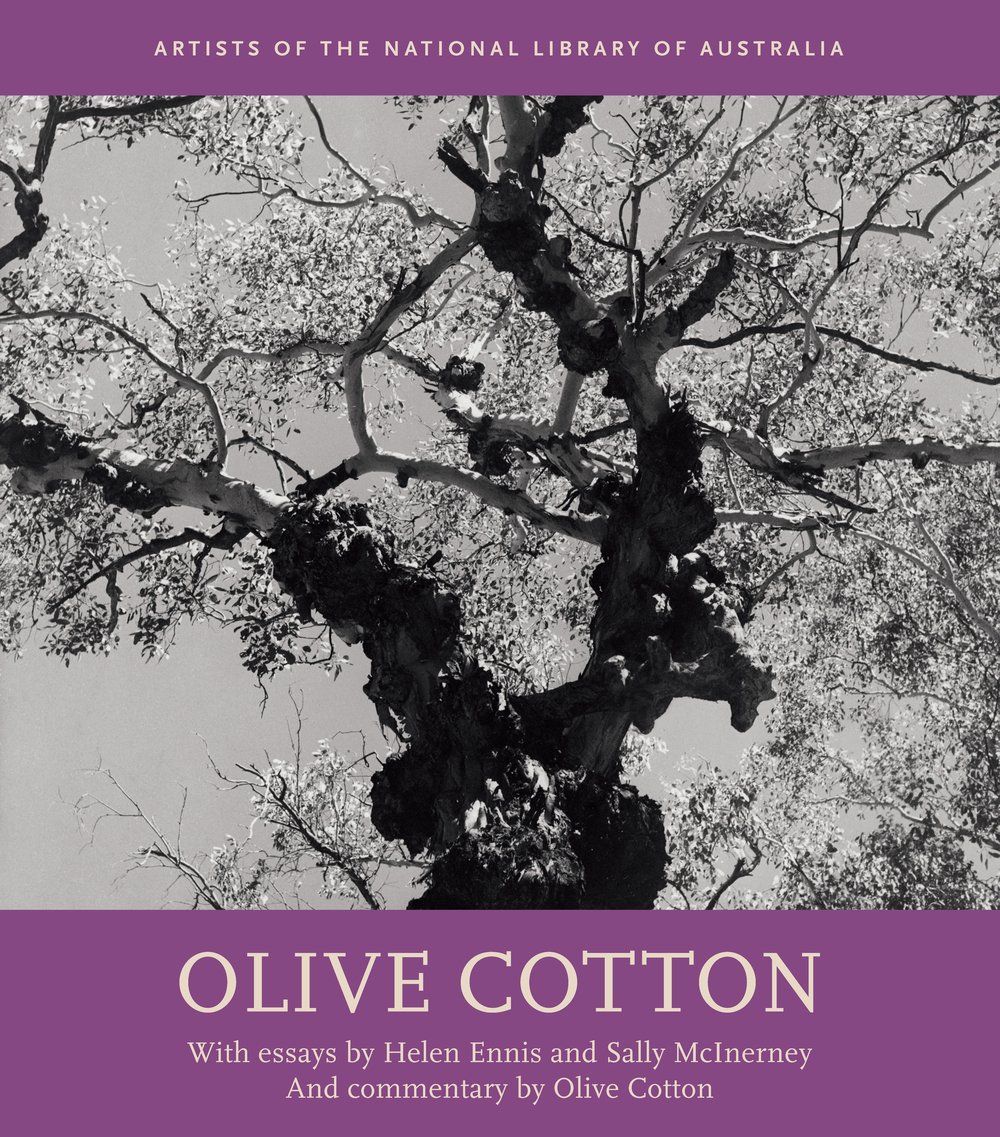Wolfgang Sievers

At the outbreak of the Second World War, Wolfgang Sievers (1913-2007) fled Nazi Germany to make a new home in Australia. Through his striking images of the post-war manufacturing boom, he would go on to become one of the country’s eminent photographers.
Sievers’ images celebrate the excitement of the modern machine age. The photographer documented the height of Australian industry, recording places such as textile mills, match factories, oil refineries and treatment plants – many of them long since gone. In these places, Sievers found unexpected beauty and virtue, forming an invaluable record of Australia’s industrial past, history, culture and the form of photography.
The images in this book are selected from those curated by Ennis in the 2011 edition, republished in a new and affordable format.
The Wolfgang Sievers Photographic Archive consists of about 13,700 prints and 51,700 negatives and transparencies, making it one of the largest photographic collections held in the National Library of Australia.

The Wolfgang Sievers Collection/Photographic Archive consists of about 13,700 prints and 51,700 negatives and transparencies, making it the largest photographic collection held in the Library.




